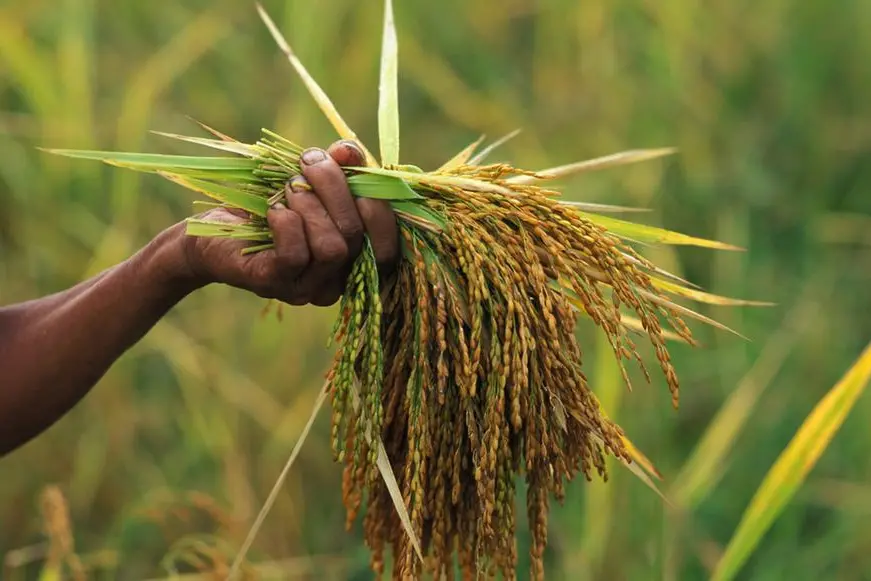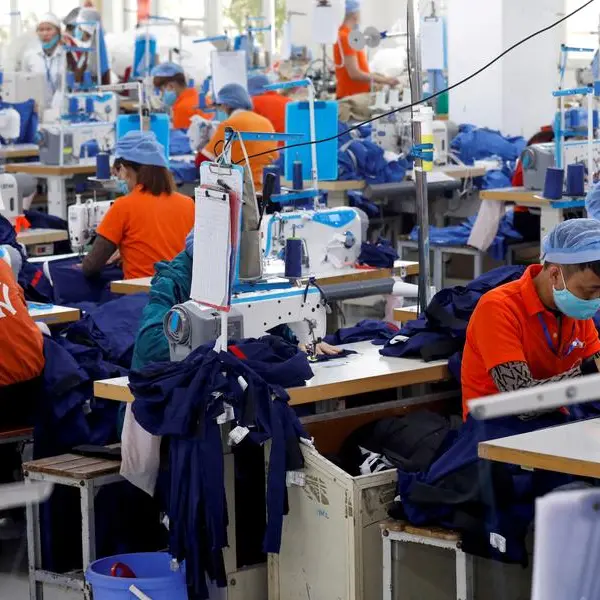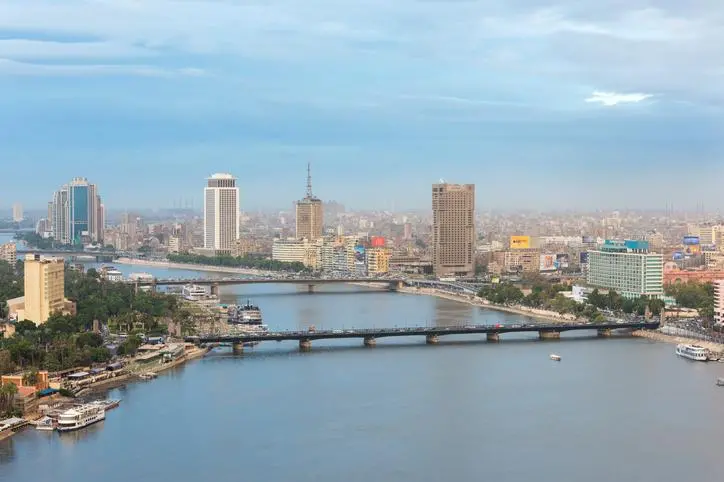PHOTO
Image used for illustrative purpose. Getty Images
The Department of Agriculture (DA) promised to intensify its efforts to increase the level of rice production in the Philippines with lower expenditures to alleviate food and non-food inflation, particularly rice.
Agriculture Assistant Secretary Arnel de Mesa said this at a news forum in Quezon City, stating that the government will use greater mechanization and efficient post-harvest processes to boost agricultural activity in the country.
"Our emphasis right now is for rice farmlands to increase production while lowering the cost to produce, again through mechanization while lowering post-harvest losses," said De Mesa in Filipino.
"That's why [DA Francisco Laurel Jr.] is prioritizing this."
The DA had this to say after the country's inflation last March accelerated to 3.7%, primarily because of the increases in food and transportation costs.
De Mesa admitted that there's around 15% to 20% post-harvest losses, especially during the drying and milling process due to the variety of rice being planted and harvested.
"For example in our milling, in the 'kiskisans' - a 65% milling recovery is already big. But most kiskisans are at 50 to 55% when it comes to milling recovery," the agriculture official added.
"One of the reasons is that many varieties of rice are being planted today and that some of them are too long, round or small. So the kiskisans, when they're rubber hull, 'when the clearance isn't too good... many of them end up being crushed... many are wasted."
From the current 18 existing varieties of rice per region, the DA plans to cut it down to just two or three every region to ensure an efficient milling system with higher milling recovery.
According the DA's April 4 price monitoring, local commercial rice are currently being sold at the following prices: special (P56 to P66), premium (P50 to P61), well-milled (P48 to P58), and regular milled (P48 to P53).
Copyright © 2022 PhilSTAR Daily, Inc Provided by SyndiGate Media Inc. (Syndigate.info).






















